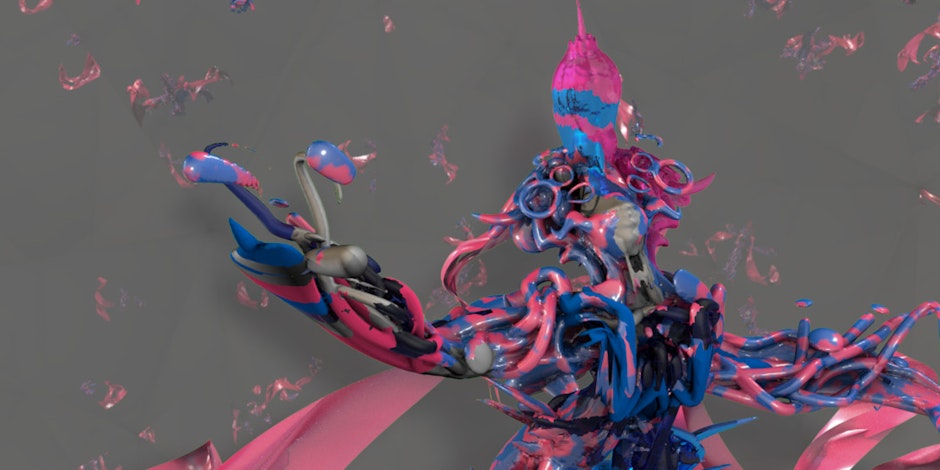How to avoid mistakes hiring artists: 6 tips for brands
Huntrezz Janos (e-curatorial agency Cultural Policy) is a US artist with experience in collaborating with brands

To help brands that have had negative experiences in hiring artists for creative campaigns, we asked Huntrezz to share her top tips on how brands can avoid these common mistakes.
1.) Be honest and respectful
Artists tend to have artistic integrity, so they need to know if their potential client will allow them to express their ideas within the collaboration.
Unfortunately, some brands represent themselves one way, but are different in reality. Working with brands like this is one mistake I’ve made in the past. As a brand, note that artists may do their research to explore whether or not their values meet corporate policies. Provide them with truthful and complete information, and do not try to hide anything.
The financial aspect of a collaboration is also important. As a brand, you must consider that artists usually balance what they want to do, have to do, and what they will benefit from.
2.) Take a closer look at micro-celebrities
The explosion of social media has created thousands of micro-celebrities. You can spot niche groups online, whose representatives are fans of someone gifted, but poorly known internationally.
Collaborations with niche and local artists are beneficial for brands, and they may also be cost-effective. They help you reach new, loyal audiences and boost your brand image by declaring support to local artists. Brands can lift up gifted artists and give them a platform to broadcast ideas.
3.) Carefully consider portfolios
Visit an artist’s website and explore their work. Any artist has their style, vision, and social position. Projects in collaboration with them are likely to be similar, or at least in line with things these artists have already created.
I appreciate brands like Depositphotos that carefully studied my artworks first, and then told me that they wanted something similar for Social Media Week Kyiv. This was amazing because we discussed what I enjoy doing.
Results exceed expectations when brands show their interest in an artist’s style, and allow them to be themselves.
4.) Motivate artists to reach you first
If somebody reaches out to a brand — that’s something to celebrate. When artists don’t want to work with a brand, that’s clear. When artists do want to work with a brand, that’s also very clear. Artwork inspired by your products means you produce something that sparks one’s creative ideas.
If an artist is interested in making something for you, treat that person with respect and celebrate their work as something that is genuine. The easiest thing you can do is launch a micro-campaign and share the artwork created in collaboration.
Whether the size of the company is small or large, whether the popularity of the artist is small or large, the fact that they are working together creates a new combined effort that can change something entirely.
5.) Be ready to pay upfront
If you’re making a quality product, artists will probably recognize that. If you’re creating a quality product that an artist can’t afford, send it to the artist. However, do not expect something for nothing.
If you want artists to provide their services for your marketing campaigns, pay them. Some companies don’t offer a payment until after the artwork is done. Most artists can't accept that. Be ready to pay money upfront to buy trust from the artist. They may have previously faced unfair partners that refused to pay for quality work after it was done.
6.) Let artists take the lead
There are many industries that haven’t really explored the potential of digital art based on their products or services. Take the food industry and think of a future where you can go to a restaurant in VR. Food companies don’t really have an audial experience when you’re eating food that matches a certain track.
And in some industries like product design, they are not aware of the fact that they’re creating art; they consider their products to be practical pieces. I believe everything is art if you can elevate it to the level of art. Every individual can be elevated to that artistic platform, but can also integrate more artists.
